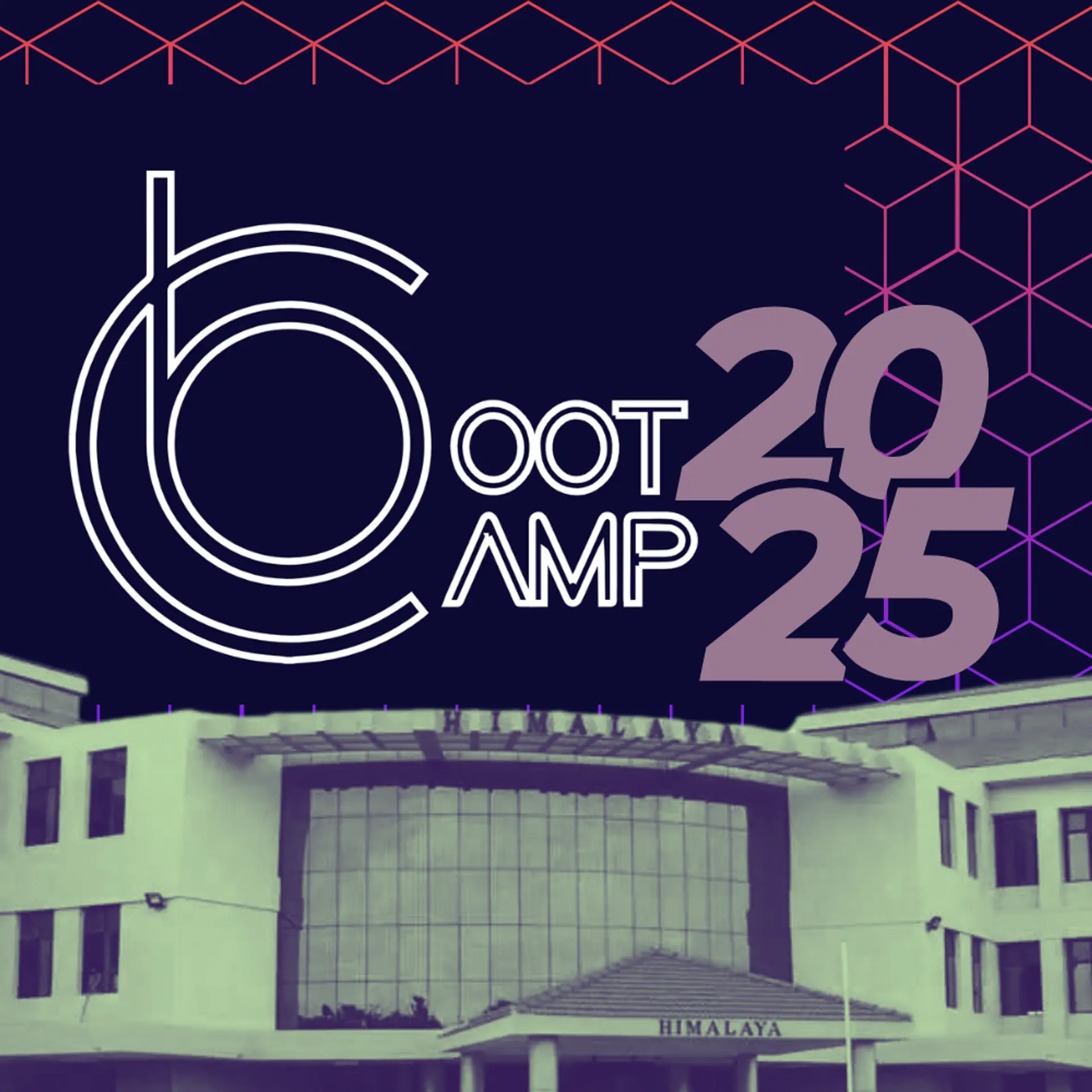Coffee badging: The new workplace trend worrying corporates
Coffee badging as a resistance against a return to office mandate is gaining prominence in workplace trends. Why the resistance? Let's find out!
One of the key findings from the State of Hybrid Work Report 2023, released by Owl Labs (a company that builds 360-degree video conferencing solutions), revealed that more than half (58%) of hybrid employees “coffee badge” - also known as showing face at the office and then leaving. This has raised a concern for companies, posing a serious challenge to the traditional work expectation.
Ever since the ease of the COVID-19 pandemic, more and more companies are expecting their employees to work from the office. This shift back to traditional work expectations isn’t accepted by employees as positively as expected. Where 90% of hybrid workers said they feel equally or more productive when working in a hybrid format, 68% of managers believe that their hybrid/remote working employees are missing out on impromptu or informal feedback, causing a friction of thought between the two.
What is coffee badging?
Before moving on to understand why this is happening and what could be the possible solution to it, let’s understand what this term exactly means. After the popularity of terms like "quiet quitting", "rage applying" and "great resignation", “coffee badging” is the newest workplace trend.
Coffee badging refers to the act of workers coming to the office just to have coffee, chat with coworkers, and then leave and work from home. This allows the worker to receive a figurative "badge" for showing up for a certain period, which is mandated for hybrid workers especially.
Why is this happening?
This is essentially seen as a resistance against the recent return-to-office mandates as many employees see this as restrictive and unnecessary. But why is this resistance? Isn’t this how things worked before the pandemic? Well, the flexible working hours and the freedom to work from the comfort of their own homes, made people realise the advantages as well as the amount of time and money it saves.
According to the key findings of the State of Hybrid Work Report 2023, 33% spend 31-45 minutes commuting one-way, whereas 29% of hybrid and remote workers expect a pay increase to make up for additional costs if RTO is mandated. Where 25% are willing to sacrifice 15% of their annual salary for flexible working hours, 47% of employees say they will quit if RTO is imposed on them. This data shows that workers prefer the flexibility and autonomy of working remotely and do not want to waste time and money by visiting the office more frequently.
Who is coffee badging?
According to the same survey by Owl Labs, coffee badging is more prevalent among men than women, and among millennials than other generations. Though the report does not reason for these differences, the possible explanation for it could be related to differences in expectations from men and women, and workplace culture differences between millennials and the older generation.
Coffee badging’s implications
Coffee badging is not a solution as it benefits none and wastes the time of both. It can be seen as a sign of friction and misalignment between the needs and preferences of workers and the policies and expectations of employers. This level of lack of communication would create a toxic workplace environment, which is detrimental not only to the company but to the worker’s peace and mental well-being as well.
How to address this issue?
Addressing this issue of “coffee badging” is not complicated. It is something super basic and you might have already guessed it. But what makes the real difference is the patience and effort required from both ends. It can be easily prevented by accepting the changes and embracing flexibility, shifting perception, and focusing on outcome over mere presence, as well as strong and consistent communication between employers and employees.
Bottomline
The phenomenon of "coffee badging" underscores the evolving dynamics and challenges in the contemporary workplace, particularly in the context of the hybrid work model. As employees navigate the shift from the flexibility gained during the pandemic to the reinstatement of traditional office expectations, there exists a palpable tension between employer mandates and employee preferences.
However, a one-size-fits-all approach is no longer effective in the workplace. The key to addressing the issue lies in fostering a culture that values results over rigid attendance norms.







